The Climats of the Bourgogne wine region
What are the “Climats de Bourgogne”?
Put away your umbrellas and sunglasses; this is not about the weather! The word “Climat” is the Bourgogne term attributed to the winegrowing terroir. In Bourgogne, a Climat designates a parcel of vines delimited, named and cultivated by man, often for a very long time. Each Climat has specific geological, hydrometric and exposure characteristics. On a given parcel of vines, the winegrower only cultivates a single variety of grape. It is harvested and vinified separately, giving birth to a wine that naturally takes the name of the Climat from which it is made and gives it its unique personality. Each Climat is the singular expression of a living terroir, vintage after vintage, the fruit of the winegrower’s know-how. If the historical cradle of the Climats is located in the Côte-d’Or, its model is the heartbeat of the entire Bourgogne wine region, constituting the culmination of terroir-based viticulture so typical of Bourgogne.
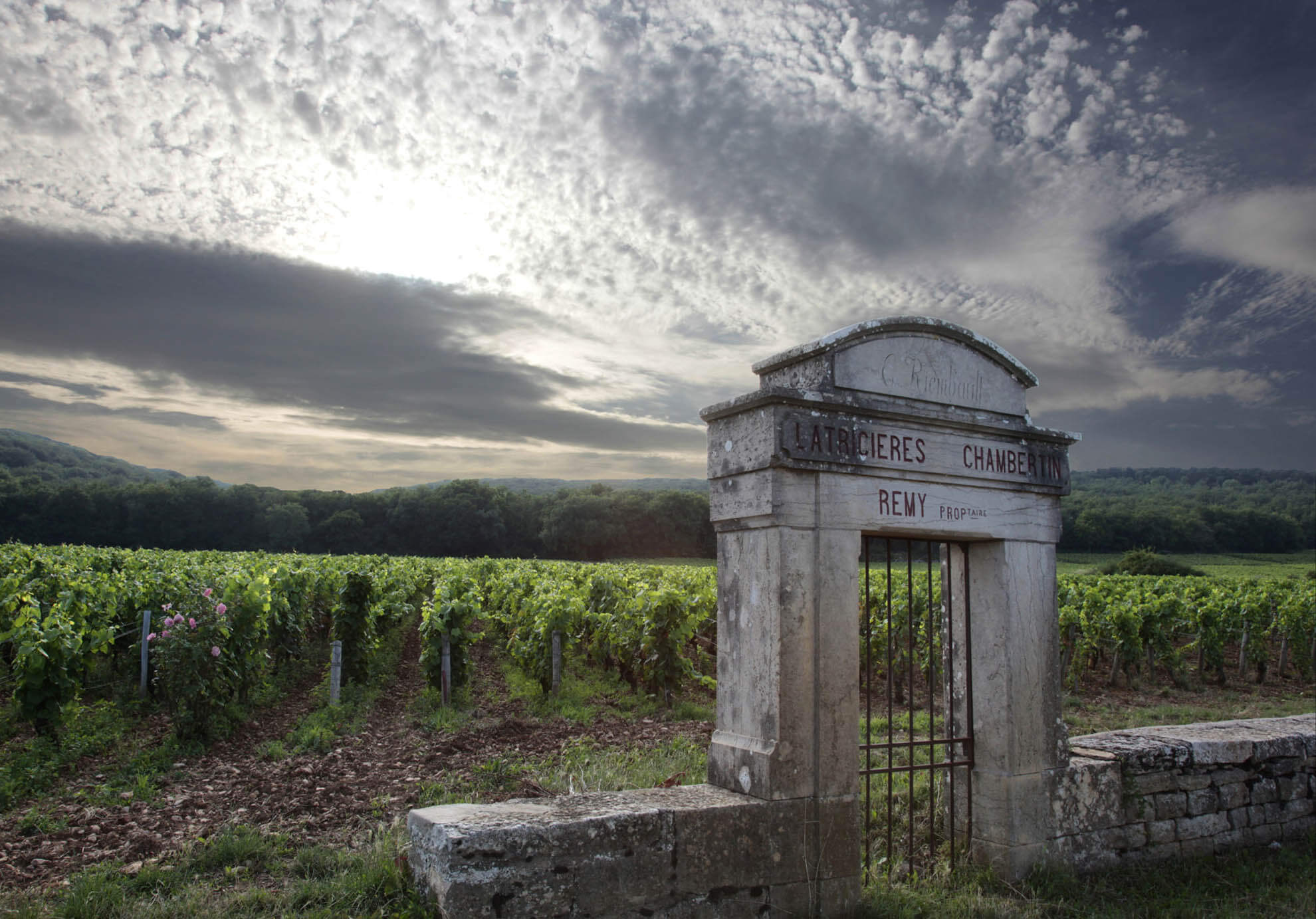

The creation of the AOC in 1935 formalized the identity of the Climats and their crus. Today, in addition to the historical Climats, each 1er Cru and Grand Cru of Bourgogne corresponds to the essence of the Climats.
The Climats du vignoble de Bourgogne, registered on the prestigious UNESCO World Heritage List
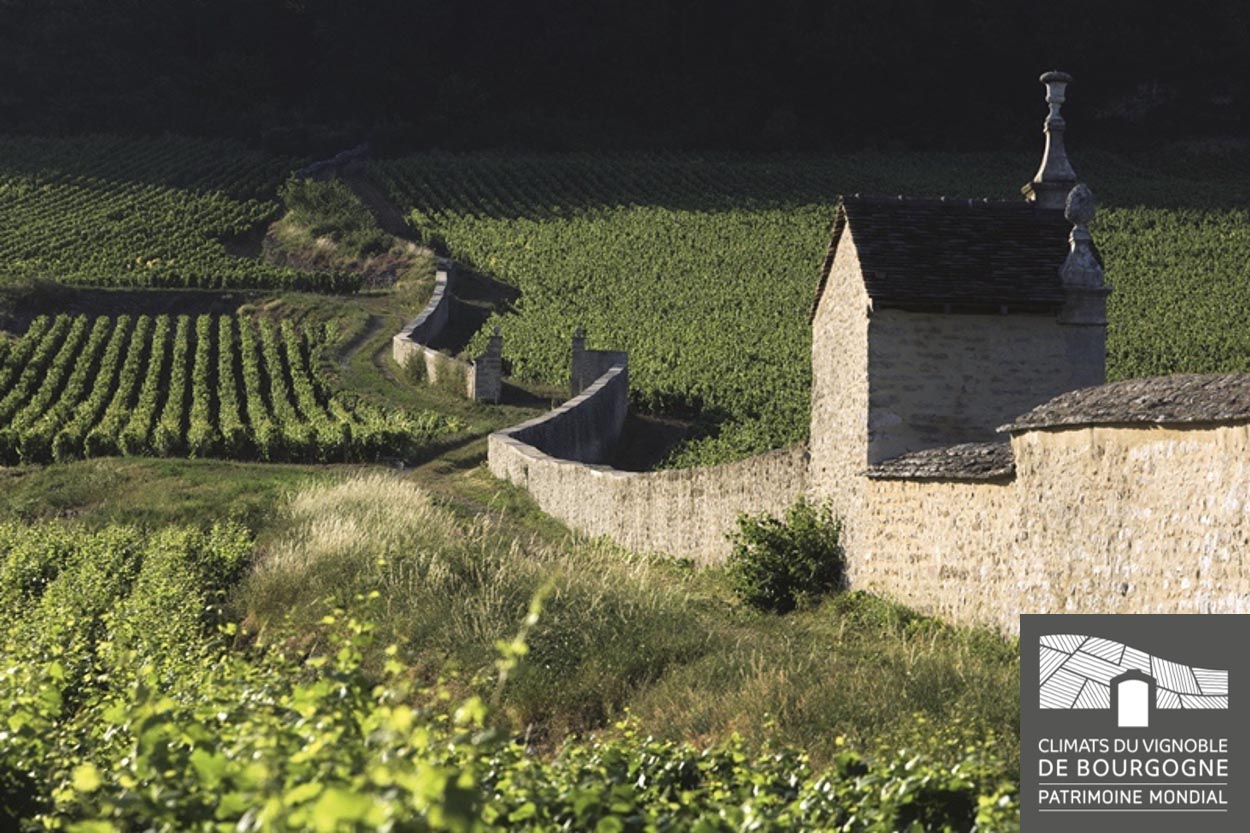

Since July 4, 2015, the Climats du vignoble de Bourgogne are among the sites to which UNESCO assigns an “Outstanding Universal Value” – that is to say, it is of such cultural or natural importance that it transcends national borders and is of inestimable significance for future generations and all of humanity. The Climats are thus included on the World Heritage List alongside more than 1,000 sites, including the Pyramids of Egypt, the Grand Canyon, and Mont Saint-Michel. There are also several cultural wine landscapes from around the world on the list: the Cinque Terre vineyards in Italy, the Rhine Valley in Germany and the Lavaux terraces in Switzerland. In Bourgogne-Franche-Comté, the Climats are part of a network of eight registered properties, including the basilica and hill of Vézelay, the Citadel of Besançon and the Cistercian Abbey of Fontenay.
Recognized by UNESCO
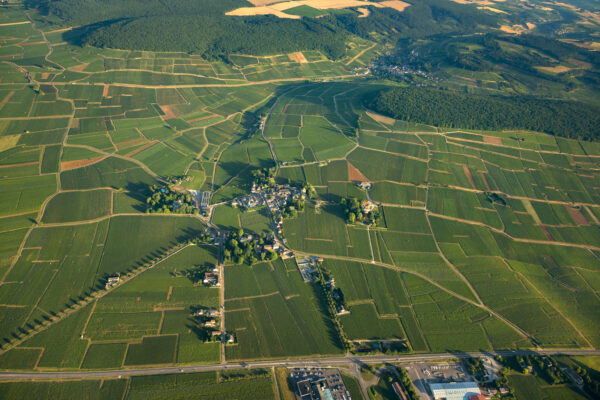

A unique cultural landscape,
a veritable mosaic, shaped by man for over 2,000 years.
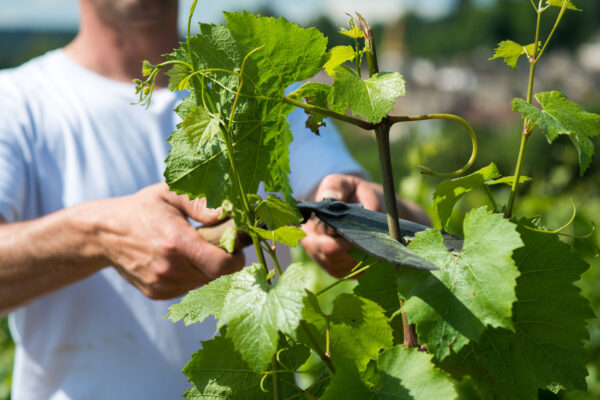

A model of winegrowing
that is known and respected throughout the world.
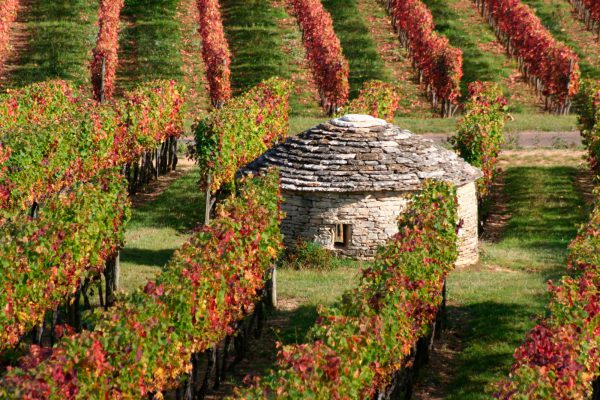

An extraordinary architectural heritage,
linked to the production and marketing of wines, visible in the vineyards, in the heart of the 40 wine-producing villages and the cities of Dijon and Beaune.


An intangible culture
that is still alive and well, made up of winegrowing traditions, age-old knowledge, festive events and a strong scientific and technical culture.
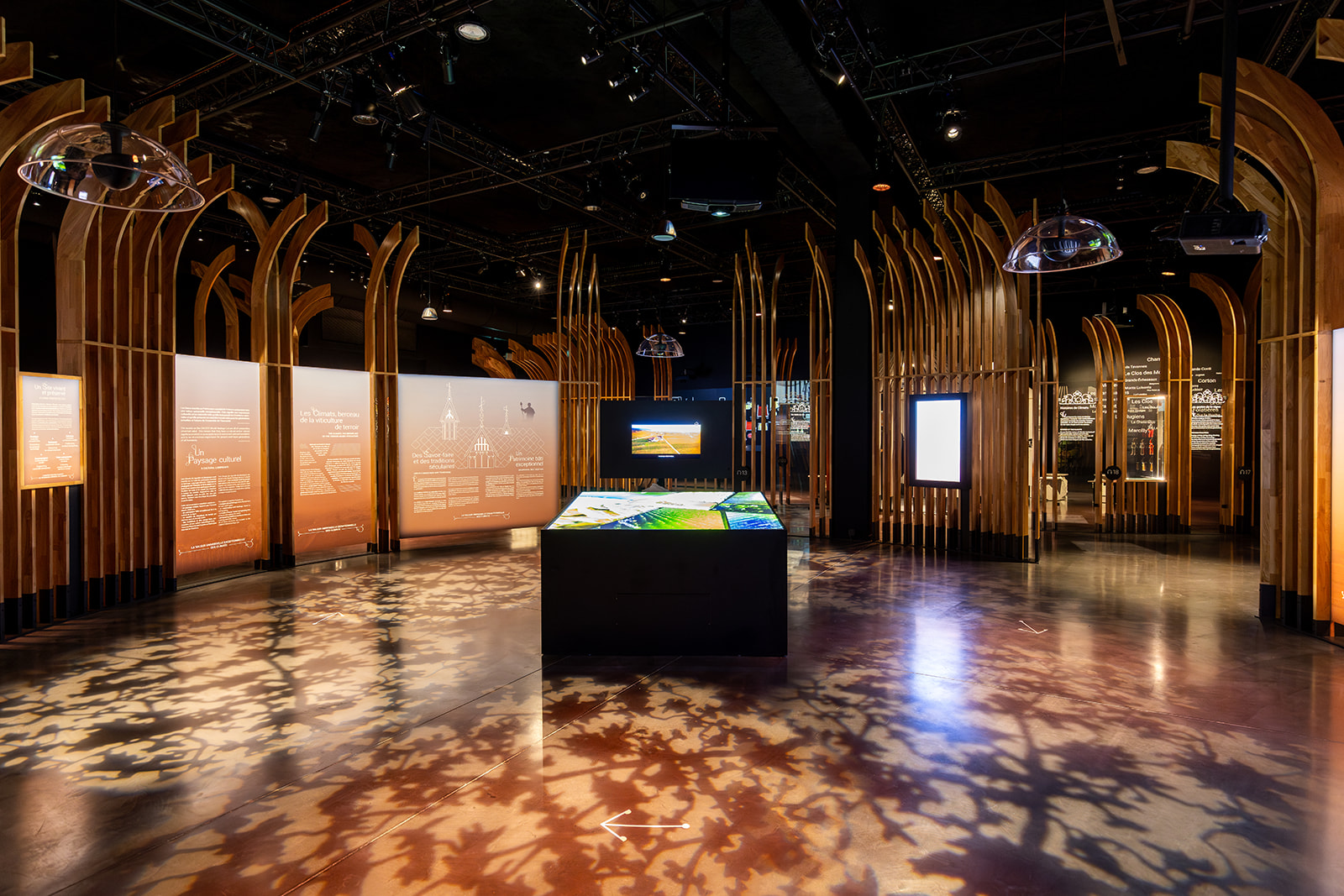

Exploring the unique viticultural heritage of the Cité
This is why the Cité des Climats et vins de Bourgogne is committed to helping as many people as possible discover and appreciate this unique and universal living heritage. The Cité aims to educate people by highlighting the Climats, a model of terroir-based winegrowing unique to Bourgogne.
The Cité in Beaune constitutes a unique space to discover the richness of the World Heritage Site and will serve as its main interpretation center. It is in this context that the informational content and scenographic tour have been designed in close collaboration with the Association des Climats du vignoble de Bourgogne, which submitted the UNESCO application and which is now in charge of the protection and sustainable management of the site, as well as related media and promotional projects.
The Cité is the place where the public will be able to understand, marvel, see, smell and taste the very essence of the Climats.



